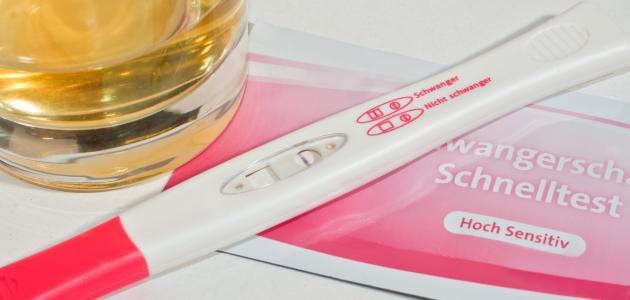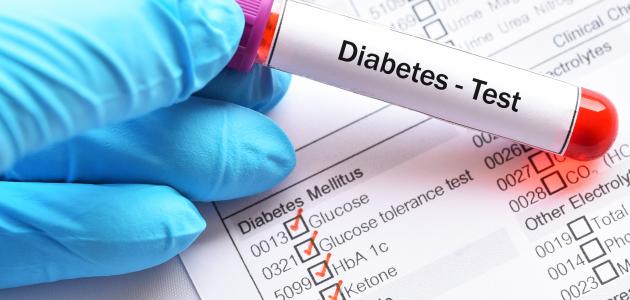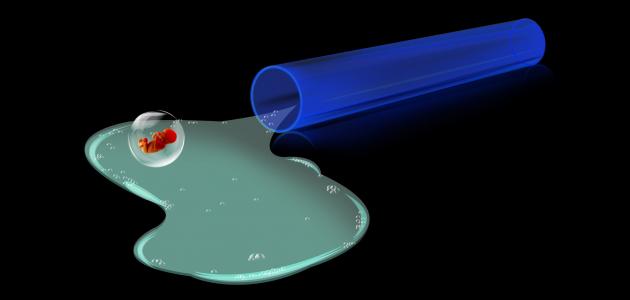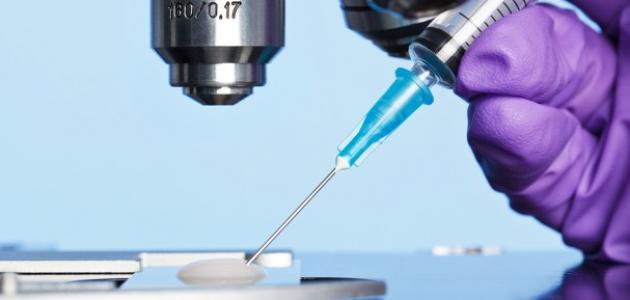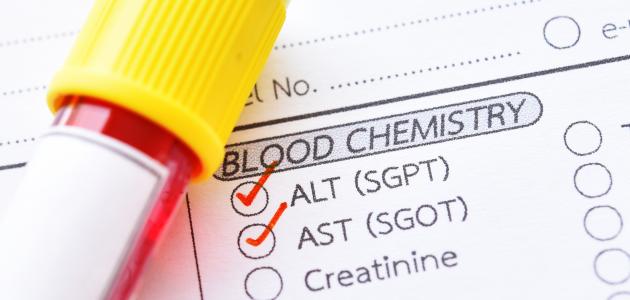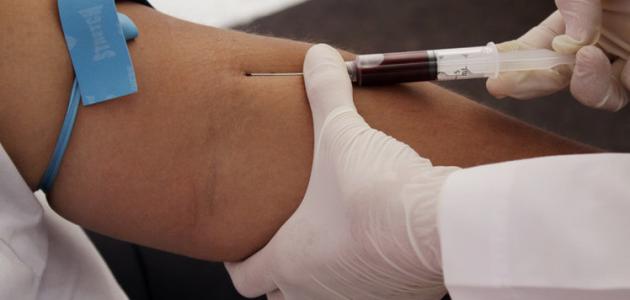Contents
Pregnancy analysis
Given the many sisters' questions about the best time to conduct a home pregnancy analysis and how to properly use a home pregnancy test, I liked to share this brief topic after reading several websites on the Internet and several books I have on how to properly analyze pregnancy at home with some basic and important points that help you To perform the analysis more precisely.
How to conceive and get pregnant
The insemination process usually occurs with the presence of the egg at the time of ovulation or within twenty-four hours of the occurrence of ovulation, and the presence of sperms where the sperm can live for a period of up to three to five days, and in some rare cases they can live for up to six to seven days, the important thing is to fertilize the egg In the first third of the fallopian tube, then it remains there for about three to four days and it divides until it reaches the morula stage, where the number of cells in it is from eight to thirty-two and then begins to move towards or towards the uterus, and swim slowly until it arrives after seventy-two hours. ... and on the sixth day, it begins to rotate towards a part of it after the formation of divisions, and this part is known as the decidua and begins to implant in the uterine wall to form the first link between the fetal egg and the mother's endometrium.
This process is known as implantation, and it is the first link between the mother and the fetus, the earliest embryo-maternal interaction, through the secretion of a hormone known as human chorionic gonadotropin, which is the pregnancy hormone that appears in the HCG analysis and usually appears in the blood test first, and immediately after fertilization and implantation occurred, i.e. from seven to ten. Days after the occurrence of fertilization or ovulation and insemination, and in the urine after the occurrence of fertilization, about 10-14 days, depending on the sensitivity of the analyzer device, where the minute measures the presence of the hormone in the urine at a rate of less than 20IUM / L.
Home pregnancy analysis
It is an analysis that detects the presence of the pregnancy hormone hCG, in the urine, which is produced by the placenta in its early days as an indication of the presence of pregnancy.
Time for analysis
Usually the result will not appear until after the occurrence of ovulation OVULATION first, then the occurrence of implantation after the occurrence of ovulation by seven days and the proportion of the hormone will appear first in the blood and then in the urine, so it is preferable to do the analysis after about ten to twelve days of the occurrence of ovulation depending on the length The woman has a period, for example if your period comes every twenty-eight days, and this means that you ovulate on the fourteenth day, and in the event of fertilization or fertilization, nesting occurs after seven to ten days depending on ovulation if it is advanced or delayed i.e. 14 + 10 = 24 It is the day of nesting, after which the placenta begins to send the first sign of pregnancy, the hCG hormone, and the hormone level in the blood is usually around 25mIU.
Ten days after the occurrence of ovulation, i.e. on the twenty-fourth day of the cycle, it doubles every two days, that is, after two days it reaches 50mIU, and this is on the twelfth day of the occurrence of ovulation and it is about the twenty-sixth day of the cycle and it is 100mIU, on the sixteenth day of the occurrence of ovulation, which is Equivalent to the day waiting for the start of the period and it is about 200mIU, two days later, that is, on the thirtieth day, that is, two days after the period is delayed, and you can perform the analysis after two days of delay, because most types of pregnancy tests are sensitive to the rate of the pregnancy hormone when it is at a rate of 50mIU, but to avoid any error in the results and lack of Knowing the time of ovulation with correct accuracy, you can wait about a week to ten days from the delay of the period until the result is definitive and the hormone ratio has doubled and reached an undoubted level. Also, in cases of late ovulation, it may give you incorrect results if you check it early.
How to conduct the analysis
You must follow the instructions in the leaflet accompanying the analysis device regarding the appropriate time to conduct it and the time required for the result to appear.
This test is usually performed by MID STREAM URINE, which is to urinate at first for a few drops, and then direct the test piece towards the urethra for a period of 5 seconds until the sample absorbs the amount of urine required for the analysis, and it is usually preferable to do the analysis in the early morning when waking up from sleep Because the amount of the hormone is concentrated and gives more accurate results, or waiting for four hours after going to the bathroom to urinate, and the longer the time from the date of ovulation or delay of the period, the less time you need to retain or not go to the bathroom for less time, i.e. less than four hours Where the concentration of the hormone is higher and it does not need to wait for a long time to accumulate or stop urinating for a long time
How to read the result of the analysis
As I mentioned before, the instructions with the accompanying leaflet must be adhered to the analysis and adherence to the specified time. Most of the analyzes set a specific time that should not exceed ten minutes to fifteen minutes as a maximum.
The vast majority of home analyzers have two windows:
- The first window: known as the CONTROL window, it gives you information that your method of conducting the analysis is correct when it appears first.
- The second window: known as the TEST result window, regardless of the color and thickness of the apparent line as long as it appeared at the time specified for the test, even if it was light, it means that there is pregnancy and the result is positive.
Some tests contain minus or minus MINU- or plus plus PLUS + as a result of the analysis, where a negative (-) sign is considered to be no pregnancy, while the presence of a positive sign (+) regardless of how dark the line is, is considered a positive sign for pregnancy as long as the test is In was during the permitted time.





